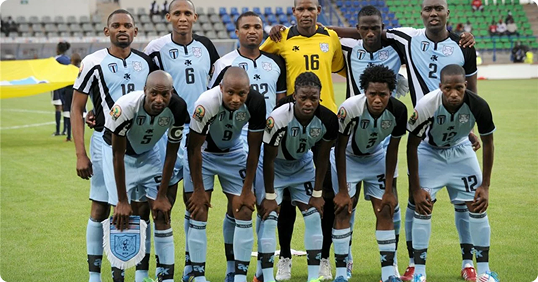The Premier League isn’t waiting around anymore. Since 2021/22, the average age of new signings has dropped by nearly two full years. Clubs are buying upside, not polish. The model has changed — younger signings, longer bets, and a heavier reliance on early scouting.
From 25 to 22.6 — In Just Three Seasons
In 2023, the average summer signing in the Premier League was just 22.6 years old. That’s down from nearly 25 only two years earlier. And in 2024, a record-breaking 13% of all European transfer spending went to players aged 19 or younger. No other Big 5 league is shifting age profile this aggressively.
England Buys Young. France Produces Them.
Premier League clubs are hoovering up teenage talent. But they’re not the ones developing it. Ligue 1 continues to dominate youth production, thanks to a culture that gives 17- and 18-year-olds meaningful game time. That’s why France remains the top source of young exports across Europe.
Early Scouting Isn’t Optional Anymore
When the market moves this early, your scouting has to go earlier too. That means identifying players at 16 or 17, not 20. It means watching full matches to understand context — not relying on short clips. And it means using consistent, structured recruitment data to judge future output, not just current form.
Development Beats Output
Signing 19-year-olds with 500 minutes of senior football requires a new scouting lens. You’re looking at potential, not current output. That shift rewards clubs using football scouting platforms built for long-term tracking, role comparison, and contextual video analysis.
Eyeball Was Built for This Window
At Eyeball, we cover exactly the spaces that matter when scouting young players. That includes youth tournaments, amateur leagues, international fixtures, and full-match footage that shows real in-game intelligence. You can compare players across positions, leagues, and stages of development. And it’s all in one place.
Smarter Tools for a Younger Market
The age of signings is falling. But the margin for error is rising. If you’re still leaning on gut feel or scattershot scouting, you’ll miss the players who matter. With the right youth football analysis tools, you can validate your shortlist with real evidence and get ahead of the curve — not follow it.


